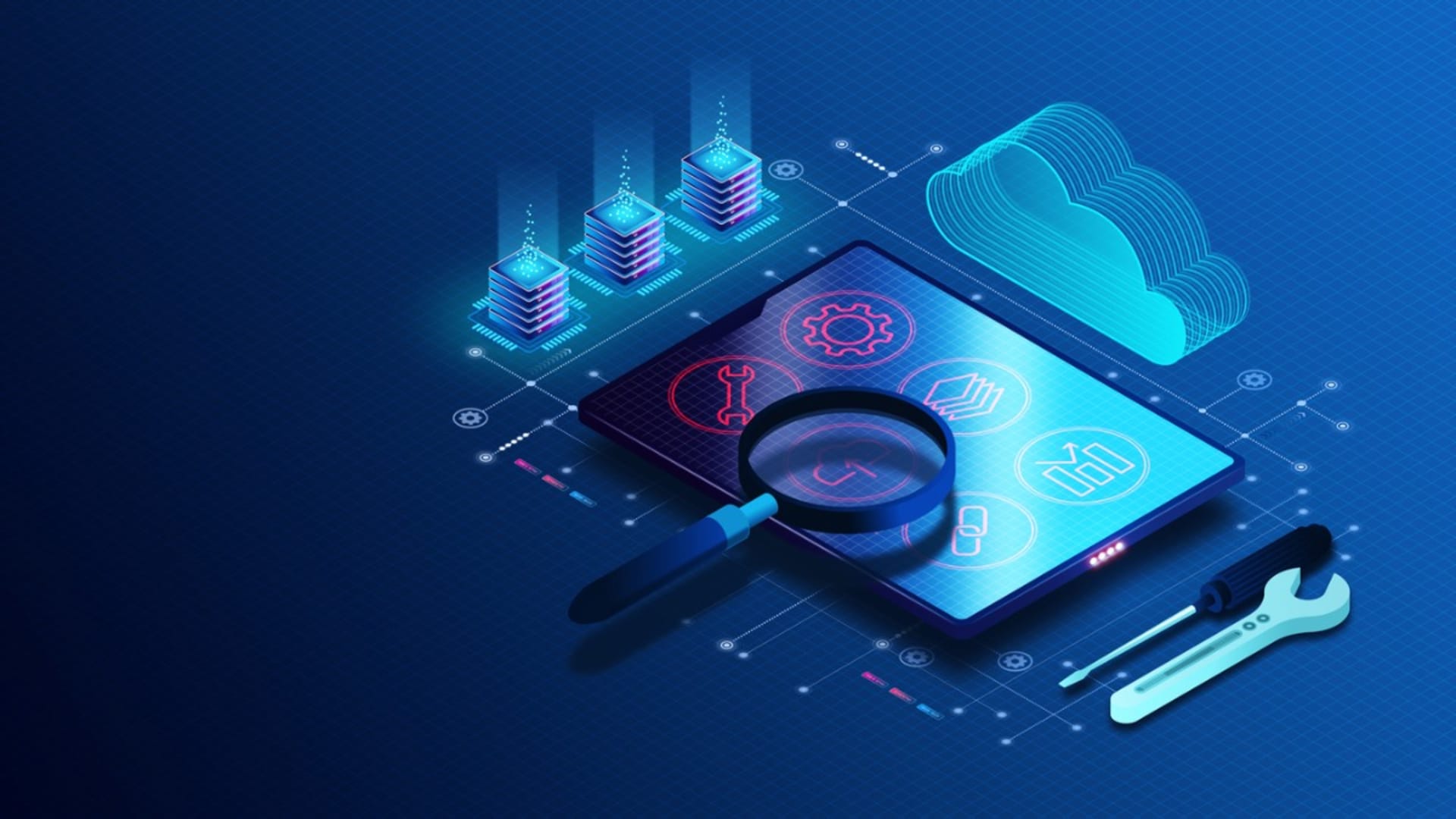According to Cybersecurity & Infrastructure Security Agency (CIS), 65% of Americans received at least one online scam offer, over 600,000 Facebook accounts are hacked daily, 47% of American adults have had personal information exposed by cyber criminals, and 1 in 3 homes with computers have been infected with malware.
Those numbers paint a rather daunting picture, one that points to a need for tighter data security.
You’ve probably already heard of DevOps and DevSecOps but what about DataSecOps? This new paradigm is all about data engineering and the security of information that is constantly changing. The ultimate goal of DataSecOps is to ensure the privacy, security, and governance of your data.
This is an important shift in the methodology of data management because it forces a shift from “default to know” to “need to know.” Let’s define those terms.
The Default To Know Methodology of Data Management
Typically, modern businesses work with data in what is called a “default to know” methodology. Essentially, this means that data is accessible in a way that is both overly permissive and uncontrolled.
Imagine, if you will, that you have a massive data store (either in-house or saved to a third-party cloud host). If your data is stored in a default-to-know method, that means anyone with access to that data can read the data. On top of that, employing a default-to-know method means that data isn’t being properly controlled, so it could be used incorrectly and will (most likely) become unreliable over time.
Simply put, using the default-to-know methodology is not compatible with the demands of modern data that require on-demand access but with a measure of control and security to prevent bad things from happening.
If you’re interested in learning how to enhance the protection of sensitive company data, explore our cybersecurity services to find out more.
The Need To Know Methodology of Data Management
Now, let’s consider the need-to-know methodology of data management. This methodology should immediately make sense to anyone who’s had to manage massive troves of data that is to be used by a company for various purposes (such as predictive analytics for trend prediction, customer relations, and loss prevention).
Need-to-know takes advantage of the economics of scale and data security to not only better control data but also to prevent widespread access to the data.
Think about it this way: You have a directory that contains a wealth of sensitive information about clients. That information might include Social Security numbers, bank records, health information, or passwords. Now, what if you shared that directory to your entire network, giving anyone unfettered access to the information contained within? You might not announce that to the company, but it’s there, waiting for the first person to access it.
Once the first employee (or threat actor) has realized the data is there for the taking, they just might act on it.
Now, imagine you knew you had to not only control who has access to the data but also what files and information different people were able to view. You might have one collection of data that should be accessible by HR, one set of data that must be available to developers, and another set that has to be accessible by management. Maybe none of that information should be available to the general staff. So, you lock it down and assign the proper permissions such that only those people can read or change any information contained within.
That is the need-to-know methodology and it is exactly what you need for modern-day data storage and use.
BairesDev helped a client specialized in providing parole officers with data from the devices of convicted criminals on parole or bail. This sensible data had to be collected on a centralized database at the on-premise level. Our multidisciplinary team of 12 engineers implemented short-lived tokens on the front end and one permanent token on the backend to guarantee the authenticity of data. BairesDev made it possible for our client to collect, store and visualize highly sensitive information on a database and WebApp, granting safety and timely access to the users.
Shared Responsibilities is Key
Just like DevOps or DevSecOps, DataSecOps wouldn’t be possible without sharing responsibilities among teams. Because of this, collaboration is at the heart of this methodology. And although there’s a certain segregation of duties required by DataSecOps, it doesn’t mean those in charge of a particular task are put into silos.
Just like with the other Ops methodologies, DataSecOps depends on those team members working together. Although one team might be tasked with one particular job, it doesn’t mean they do that job in a vacuum.
Again, collaboration is key.

But what are the responsibilities central to DataSecOps? They can be broken into five categories.
Data Democratization
This involves making information available to those who need it for analytical purposes. The important thing here is to only make that data available to those who truly need it (which is where need-to-know comes into play). The key here is that the team tasked with data democratization is keenly aware of who needs access and how to properly relegate that access. If this is done poorly, chaos can ensue.
Securing Sensitive Data
Not every piece of data you store is sensitive. In fact, some data might need to be accessible to everyone in the company, facilitating smooth data operations and ensuring quick data to value for data and its users. That’s all fine and good, but for the data that needs to be locked down and safeguarded, you’ll want a dedicated team assigned specifically to the task of preventing those who shouldn’t have data access from viewing or using information they have no business accessing.
This specialized team will not only focus on GDPR, CCPA, and HIPAA requirements as they apply to your sector of business but also work diligently to streamline data access while ensuring the highest level of data security. They will need to work with the segregation of sensitive data at both storage and runtime, implementing robust security measures and developing and maintaining security policies that apply to data. These policies will play a pivotal role in preventing security breaches that could lead to catastrophic consequences for your organization.
Fine-Grained Control
You will also want to assign a team (or team members) to deal with the fine-grained access control of data. This is where you allow specific employees (or clients) access to specific pieces of data. This access control will be based on a number of conditions and should focus on Attribute-Based Access Control (ABAC).
By definition, ABAC is controlling authorization by the evaluation of attributes that are associated with subject, object, operations, and environmental attributes. This is a very complex process and will need to be taken care of by a team with the required skills to handle ABAC.
Data Classification
Yet another team is going to be charged with the classification of data, which is used primarily for the security of sensitive data. If you have a massive data warehouse of information that isn’t properly classified, how will anyone know which data points are sensitive and which are not?
Without proper data classification, it would be next to impossible to manage fine-grained control, sensitive data security, or data democratization. This particular task can be rather daunting, especially if you have a very large collection of data that has gone unclassified for some time. Your best chance of success is to start classifying data at the start of the project; otherwise, this team’s job will be next to impossible (especially if the data is already in use).

Data Classification
Compliance and Governance
Finally, you’ll need a team to manage all compliance and governance issues, with a primary focus on catering to users aimed at delivering a safe and well-governed data environment. This means they will have to work closely with regulatory boards to ensure your company is meeting the required standards for compliance.
This dedicated team will be responsible for real-time audits, providing data visibility, implementing risk management strategies, and generating comprehensive reports. It’s imperative that all members of this team are well-versed in government and industry compliance regulations, as these standards tend to change more often than you might assume.
All of these specialized teams come together to create a DataSecOps organization that can ensure your data not only performs as expected but also remains secure, compliant, and clean, effectively serving the needs of data consumers. If you’re serious about your data, you owe it to yourself, your company, your employees, and your customers/clients to consider implementing a DataSecOps methodology.






